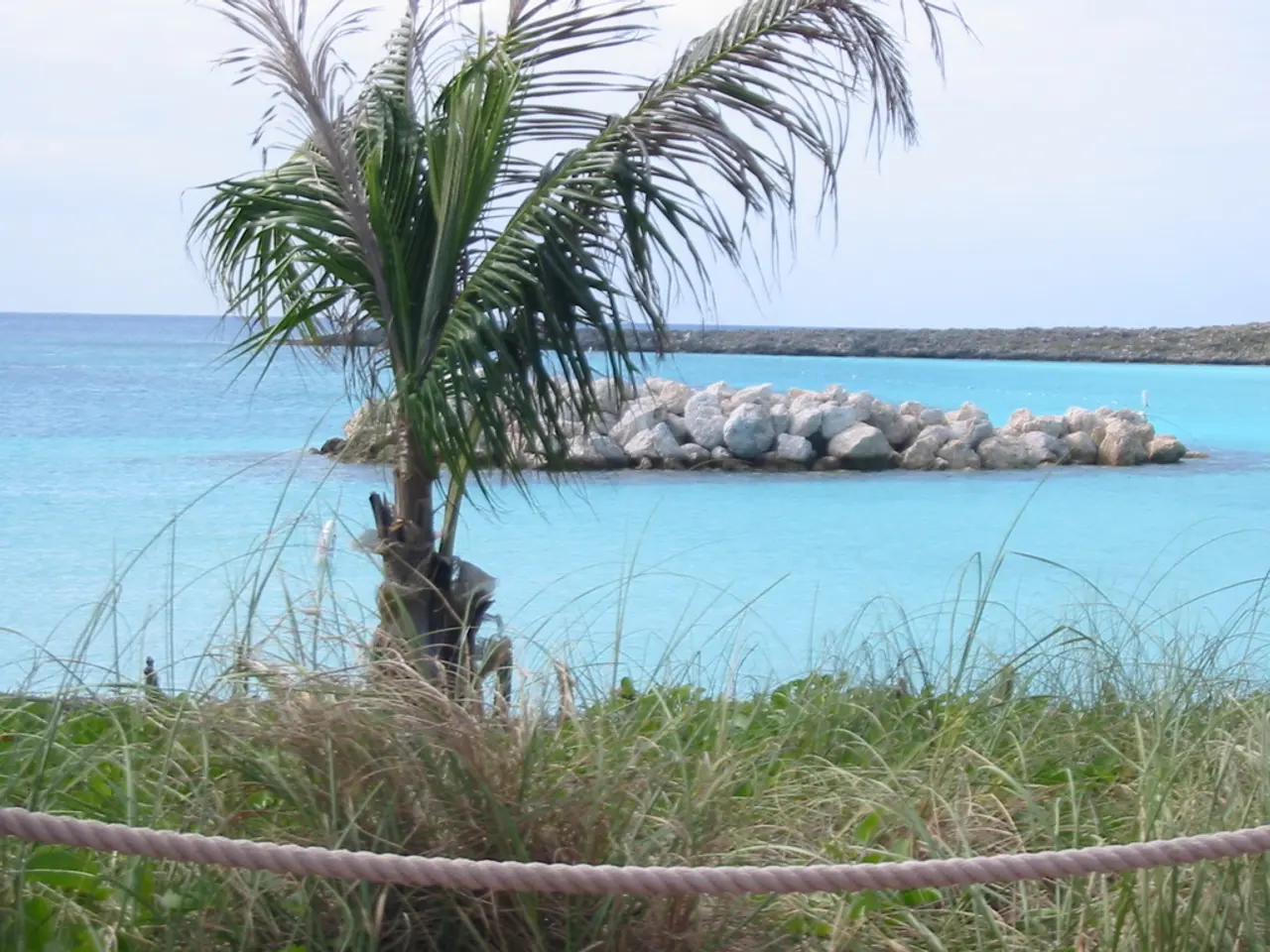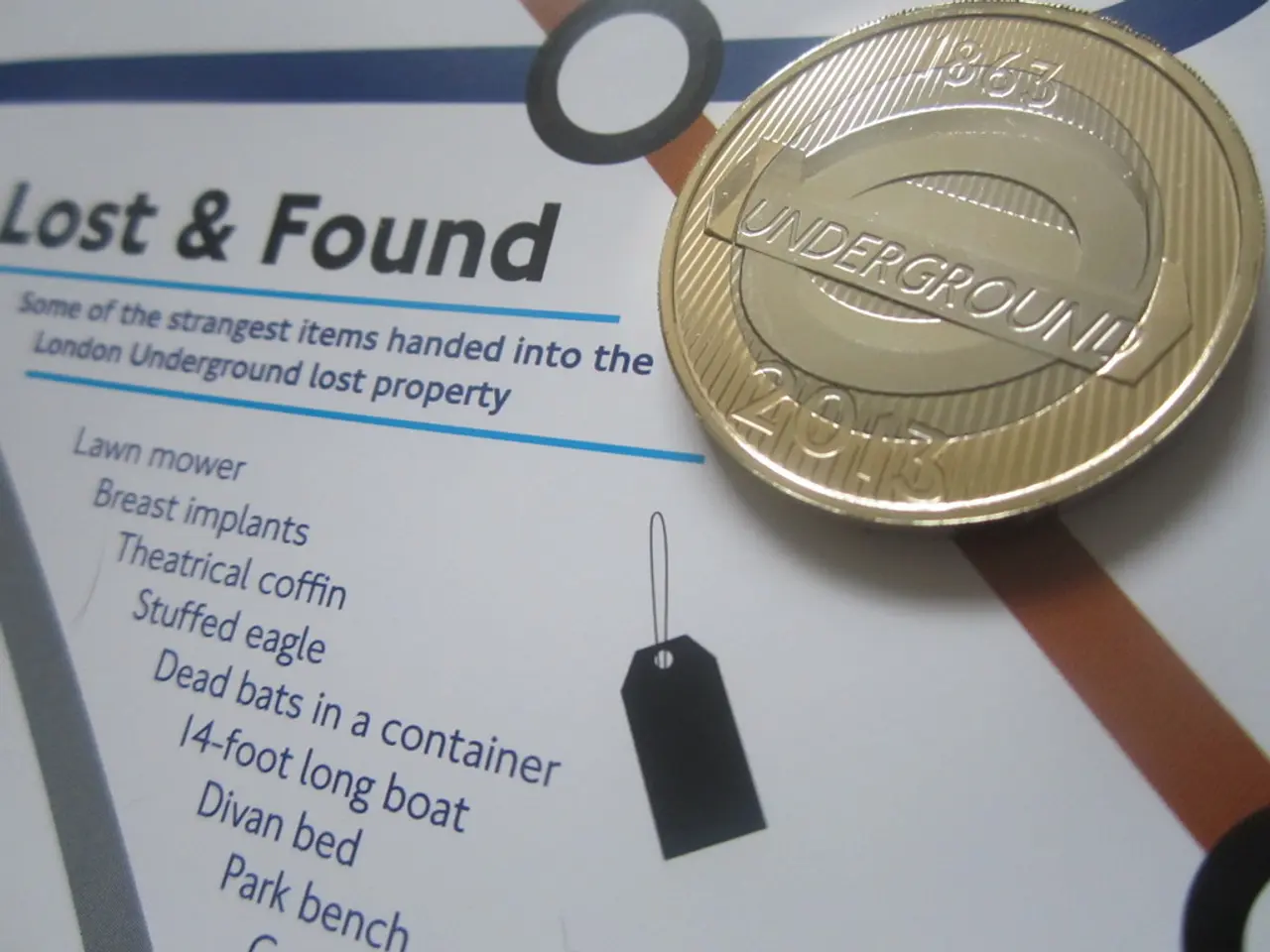Capital Market Stir: The Impact of Blue Bonds
Blue bonds are a unique financial instrument designed to fund projects that promote a sustainable blue economy. These projects focus on protecting marine environments and supporting related economic activities.
The key steps for issuing a blue bond typically include:
- Identifying eligible projects related to marine and aquatic ecosystem conservation or sustainable use of ocean resources.
- Structuring the bond with clear use-of-proceeds guidelines that specify funding for eligible blue economy projects.
- Engaging with investors and rating agencies to secure demand and transparency on environmental impact.
- Securing necessary regulatory approvals and meeting legal requirements for bond issuance.
- Implementing impact reporting and verification mechanisms post-issuance to ensure proceeds are used as intended.
These steps help ensure the bond aligns with sustainability goals and investor expectations.
The types of projects typically funded by blue bond proceeds are diverse and far-reaching. They include marine ecosystem conservation and restoration, sustainable fisheries and aquaculture development, water supply and sanitation projects linked to marine environments, and climate resilience and pollution reduction initiatives in coastal zones.
For instance, Vietnam's first blue bond supported projects in aquaculture, fisheries, water supply, and also complemented green assets like renewable energy and green buildings.
Blue bonds can also be issued in a debt-for-nature swap structure, where a developing country's external debt is forgiven or reduced in exchange for local environmental conservation measures. This approach has been used by countries such as Seychelles, Indonesia, Colombia, Gabon, Belize, and Barbados, and facilitated by The Nature Conservancy.
Blue bonds are seen as an innovative method of financing projects that provides economic, social, and environmental benefits to all stakeholders. They are expected to become an effective way for issuers and investors to contribute to solving climate change, particularly in addressing the least funded UN SDG 14 (life below water).
The blue economy is projected to double in size to U.S.$3 trillion by 2030, creating 40 million jobs and making it the eighth largest economy in the world, with an asset value estimated at US$24 trillion.
Sources for this article include T. Rowe Price, ICMA, UN Global Compact, World Economic Forum, and International Finance Corporation. According to the International Finance Corporation, there has been a significant increase in the momentum of blue bond issuances since the first blue bond was issued in 2018.
In conclusion, blue bonds offer a promising solution for financing projects that contribute to a sustainable blue economy. By following established steps and focusing on eligible projects, issuers can ensure transparency, accountability, and alignment with investor expectations.
- The reality of climate change emphasizes the importance of investing in projects that combat its effects, such as those related to environmental science and climate resilience, which are commonly funded through blue bonds.
- As the demand for environmental investments grows, exploring various financing options, like blue bonds, can provide innovative solutions for businesses or investors seeking investments with both financial and environmental benefits.
- Given the expanding blue economy and its potential to create millions of jobs and generate three times its current value by 2030, finance professionals in the environmental-science field may anticipate an increased need for blue bonds to facilitate sustainable projects and stimulate economic growth.




